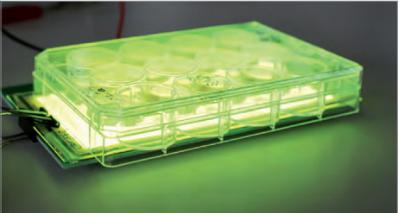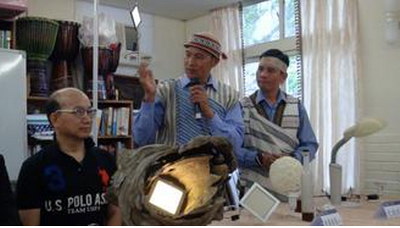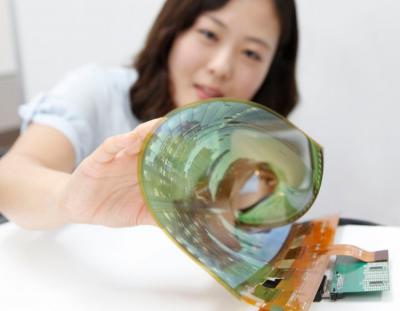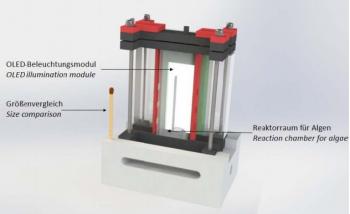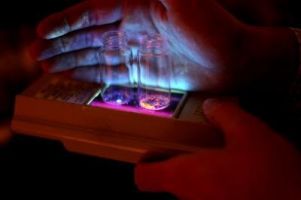Are OLED smartphones better for your eyes? NTHU researchers say yes
Excessive exposure to blue light has been linked to many health issues - including cancer, diabetes, heart disease, obesity and insomnia. Children, especially, have delicate retinas that are highly susceptible to the dangers of blue light.

Researchers from Taiwan's National Tsing-Hua University, led by Prof. J.H. Jou, have been advocates of candle-light OLED lighting for a long time, as part of their fight against the hazards of LEDs and white light. In 2015, the researchers published a call out to consumers to be aware of the hazards of LEDs and to governments to enact new rules to enforce light-based products to show the light spectrum.


